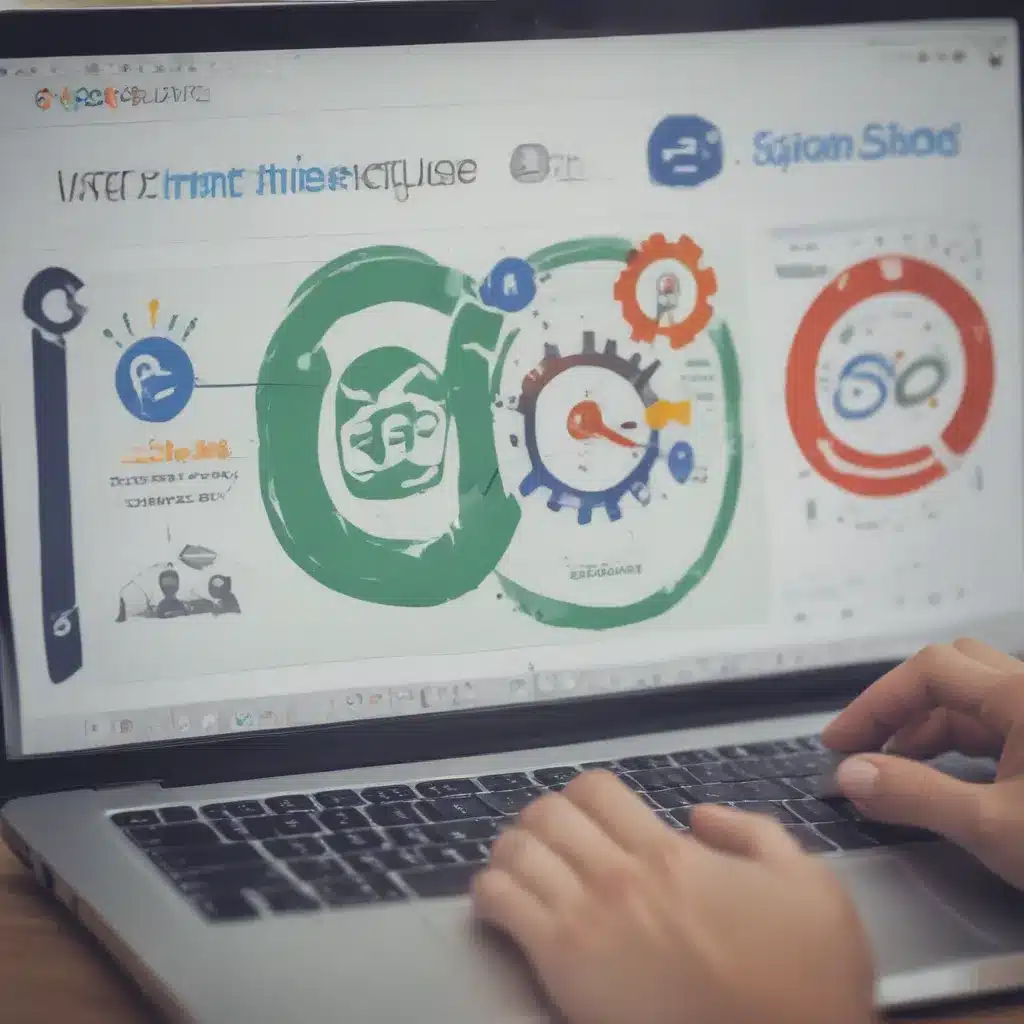
Unmasking the Secrets of User Signals: A Journey into Effective SEO
As an SEO enthusiast, I’ve always been fascinated by the ever-evolving world of search engine optimization. One aspect that has consistently piqued my interest is the concept of “user signals” and their profound impact on the success of a website. Join me as I delve into the intricacies of these powerful indicators and unlock the secrets to leveraging them for your SEO strategy.
Understanding the Language of User Signals
User signals, my friends, are the digital breadcrumbs that search engines like Google use to assess the quality and relevance of a web page. These signals are a reflection of how users interact with your content, and they speak volumes about the user experience you’re offering. Think of them as the silent sentinels, quietly observing and reporting back to the search engine overlords.
Let’s take a closer look at some of the common user signals that hold sway in the SEO realm:
- Click-Through Rate (CTR): The number of users who click on your search result compared to the total number of impressions. A high CTR indicates that your content is enticing and relevant.
- Time on Page: The amount of time a user spends on your page. Longer dwell times suggest that your content is engaging and informative.
- Bounce Rate: The percentage of users who leave your site after only viewing one page. A low bounce rate signals that your content is keeping users hooked.
- Returning Visitors: The number of users who revisit your site, demonstrating their interest and trust in your content.
These signals, my friends, are the language that search engines use to understand the user experience you’re providing. By mastering the art of interpreting and optimizing these signals, you can unlock the secrets to higher rankings and increased visibility.
Decoding User Intent: The Key to Relevance
But user signals are not just about numbers and metrics; they’re a reflection of something far more profound – user intent. By understanding the underlying reasons that drive users to your website, you can create content that truly resonates with their needs and expectations.
Imagine you’re a foodie in search of the perfect recipe for a decadent chocolate cake. You might start by searching for “chocolate cake recipe” and then refine your search to include terms like “easy” or “moist” to find the most suitable option. As an SEO wizard, your task is to decipher these intent signals and ensure that your content aligns perfectly with what the user is seeking.
By optimizing for user intent, you can not only improve your search rankings but also deliver a superior user experience that keeps people coming back. It’s a win-win situation, my friends!
Harnessing the Power of Social Signals
But the user signal symphony doesn’t end there. Social media has become an integral part of the SEO equation, and the way users interact with your content on these platforms can have a significant impact on your search visibility.
Enter the realm of social signals – likes, shares, comments, and the overall engagement your content generates on social media. These signals are like the SEO’s secret handshake, subtly informing Google and other search engines about the popularity and relevance of your content.
Imagine your article on the perfect chocolate cake recipe goes viral on social media, with hundreds of shares and glowing reviews. Search engines will take notice, interpreting this as a strong signal of the value and authority of your content. Leveraging the power of social signals can be a game-changer in your SEO strategy, helping you rise above the competition and earn the recognition you deserve.
Putting User Signals to Work: Strategies for Success
Now that we’ve explored the intricacies of user signals, it’s time to dive into the practical strategies that can help you harness their power. Here are a few tips to get you started:
-
Craft Compelling Meta Descriptions: These short snippets that appear in search results can have a significant impact on your CTR. Craft irresistible meta descriptions that entice users to click through to your content.
-
Optimize for Mobile: With the growing prevalence of mobile searches, ensuring a seamless user experience on mobile devices is crucial. Improve your site’s loading speed, navigation, and overall responsiveness to keep users engaged.
-
Enhance User Experience: Focus on creating content that is informative, engaging, and easy to navigate. Implement features like internal linking, clear call-to-actions, and intuitive site architecture to keep users hooked.
-
Leverage Social Media: Actively engage with your audience on social platforms, encourage sharing and interaction, and monitor the performance of your content to understand what resonates best.
-
Continuously Analyze and Iterate: Regularly monitor your user signals and adjust your SEO strategies accordingly. Stay agile and adaptable, and be willing to experiment to find the winning formula.
Remember, my friends, SEO is a marathon, not a sprint. By consistently optimizing for user signals and aligning your content with user intent, you’ll not only improve your search rankings but also build a loyal following that keeps coming back for more.
So, what are you waiting for? It’s time to don your SEO superhero capes and start uncovering the secrets of user signals. Together, let’s conquer the search engine landscape and put your Manchester-based SEO agency on the map!



























